Geoff Teall
- 25 Oct, 2018
- 2 Comments
- 9 Mins Read
A Judge’s Look at the 2018 Dover USEF Hunt Seat Medal Finals
Photo Credit: Jennie Carleton
Introduction
It is very important to realize that taking on the responsibility of judging a class like the Dover USEF Medal Finals is huge, and that it is a team effort involving many people. I was lucky enough to judge with Robin Rost Brown and we were both very lucky to collaborate on our courses with Alan Lohman. Add to that the entire management team and crew from the Pennsylvania National Horse Show and you stand a chance of having some sort of success. I am writing this from the first person as I have been asked to do, but want everyone to know and understand how many people are a part of this and just how much they are needed and appreciated. A class like this is about as far away from a one-man show as you can get.
Course
Our intention going into this class was to build a course that had to do many things. First and foremost, the first course had to be something that a vast majority of riders would be able to negotiate safely and with some degree of success. Although this class is as high a level class as you can compete in as a junior, it is at the same time still an entry level class to some degree. All our young equitation riders have to get their first taste of a true 3’6” National Championship Equitation class sometime, and more times than not the Dover USEF Medal Finals is that class. We want them to experience the environment, get an understanding of the high level of competition, but at the same time have them finish without hurting or demoralizing them. It is important that these riders not only learn something, but that they leave feeling that it was a positive experience and a division that they want to continue participating in. Secondly, the course has to be technical enough to challenge the very best young riders our country has to offer and to separate them enough to get the correct riders on that day into the second round. This is a difficult task to be sure, but for us it was about going back to the basics and asking the riders to show us they had a good sense of pace, line, and all the other basic skills of riding. We tried to not only use related distances to ask these questions but also unrelated distances and different types of jumps.
For the second course, we wanted to raise the bar a bit and make the questions we asked more difficult and require the riders to demonstrate an even better understanding of the basics of riding. Our second course had longer distances, shorter distances, tighter turns, more difficult jumps and all of these factors coming up a bit faster than in the first round. Our goal here was to again separate the very best from the best and to weed out some of the riders that were able to execute the first course well but that might still struggle a bit with the more difficult questions the second course asked. This did, in fact, make some significant changes in our order, which is what we had hoped would happen.
The final piece to this puzzle was the test. We are required to test at least four riders, but can test more if we feel there are more that are close enough in the competition to warrant testing against each other. We chose to ask our six top riders to ride off using a difficult, but not complicated test. We asked for counter canter on both leads, two lead changes (simple or flying) between two jumps, a halt, and a hand gallop jump followed by a transition to the sitting trot. This is an important part of this class and gives riders an opportunity to show off their skills, as well as the schooling of their horses. Again, the test changed the order and the results as we believed it should.
Judging
In the end, both Robin and I really enjoyed judging this awesome group of riders over these courses and using our test. Going into the class, we were really hoping that our courses would produce some truly outstanding rounds, and we were not at all disappointed. After the completion of the first round, we had 10 scores in the 90’s with a 97 being the top score of that round. The rest of the riders called back (an additional 15 to make a total of 25) all had scores in the 85-90 range. We were also hoping that our first course would not prove to be too difficult for the riders with either less experience or horses of normal abilities. Out of 238 initial rounds and 269 total rounds, we ended up with only 5 eliminations and 1 fall. We were very happy with this result.
Although the second course was significantly more difficult, we again had some truly outstanding rounds. The second round broke itself into three basic groups by the time it was finished. We had riders that had two great rounds under their belt, some riders that had a great round in either the first or second round but were slightly off the mark in the other round, and a third group that struggled in the second round with the more difficult questions. All great riders, all great horses, just a question of who was really on their game on this particular Sunday. In the end, we felt we had six riders that had two great rounds that we would like to test and an additional six riders we felt had one great round and one very good round that would receive ribbons from 7th-12th. Our reserve rider had a very good round in each round, but small mistakes that kept her out of the top twelve.
When we got to the test, there were some more changes in the order of things. One of our riders had the misfortune of going off course so she ended up in sixth place. We felt fourth and fifth place had little mistakes or lacked a little polish. Our third place rider was a little rough with the lead changes in the line which accounted for her final placing. Our second place rider had a truly awesome test which moved her into second place, and our rider that was leading going into the test never looked left or right and delivered a great test with the highest level of difficulty. We were happy with how the test helped us to place those top 12 riders.
Throughout both rounds and the test, we tried to remain focused on finding the riders that did the simplest things the best. At the end of the day, the riders that had the very best basics, showed us that they had a clear understanding of the questions we were asking during each phase, and that showed confidence, poise, and empathy, were the riders that got the ribbons. Each of the top twelve stood out in our minds because they were accurate, correct, relaxed, and rode each and every single stride throughout the entire competition.
Summary
There is no question that judging this class, building these courses, and coming up with the final test is not only an awesome responsibility, but it is a great deal of stress and a lot of work. To watch the quality of the young riders we have today, and all the lovely horses, is the reward that we get for taking this on. It was very satisfying for us to have the day unfold in front of us as it did. In the end, we felt we had twelve riders that had performed beautifully and that, in our minds, essentially placed themselves. In any class like this, there are many opinions before, during, and after. I will say though, that unless you are sitting in the same seat, marking your own card, and working together with your partner judge, you are not really judging the same class. It is a long day, lots of work, and lots of stress, but in the end, I think Robin, Alan, and myself were very happy with the horses, the riders, and our work.

Photo Credit: Jennie Carleton
More Learning
- Clarifying the Different Big Equitation Medal Classes by Julie Winkel
- Chronicle of the Horse – Equitation: An American Tradition of Excellence by Bernie Traurig (ADDENDUM)
- Chronicle of the Horse – The Equitation Division was Created to Improve Riding by George Morris (ADDENDUM)
- What is the Ideal Seat for Equitation Classes? by Julie Winkel and Geoff Teall
- Judges’ Pet Peeves: Hunter & Equitation by Julie Winkel
- Lengthen the Canter: What Seat Does a Judge Want to See a Rider in for an Equitation Class?by Julie Winkel
- Which Release is Best for Lower Level Hunter and Equitation Classes? by Geoff Teall
- Benefits of Equitation by Geoff Teall
- How To Mount Your Horse In An Equitation Medal Test by Julie Winkel
Video Recommendations:
Equitation – An American Tradition of Excellence
Bernie Traurig
According to Bertalan de Nemethy, “nothing of any substance can be built on a flimsy foundation, and the horse and the rider who don’t know what they are doing will always fall far short of realizing their full potential.” It is with this in mind that we share this topic with you, for the fundamental principles of equitation begin with mastering the basics of classical American Forward Riding. This mastery takes time, determination and dedication but yields a riding style that is not only beautiful to watch, but effective in practice. Let’s analyze some of our most recent Champions, Hunter Holloway, TJ O’Mara, McKayla Langmeier, Victoria Colvin and Zazou Hoffman, as they answer the weighty questions posed by an Equitation Finals course with a sophistication that will, no doubt, serve them well wherever their riding careers take them.
Running Time: 18 minutes and 44 seconds
Equitation Tips – Seats on Course
Bernie Traurig
In the third video from the Equitation Tip Series, Bernie discusses a quality that the top equitation riders possess – an independent seat. This allows the riders to utilize all seats on course where they apply. Bernie offers various exercises to develop a secure, balanced, independent seat and enhance strength along with an adjustable hip angle.
Running Time: 2 minutes and 38 seconds
Equitation Tips – Impulsion
Bernie Traurig
In this second video from the Equitation Tip Series Bernie looks at a common trait that the top equitation horses in the country share. They are all in front of their riders’ legs, allowing for beautiful upward transitions that appear to be invisible. These horses are trained by their riders to be light to the leg and Bernie shows us how to achieve this with your horse.
Running Time: 4 minutes and 35 seconds
Have Something You Want to Ask Our Panel of Experts?
Ask The Experts is the ultimate way to get help from the top professionals in the equestrian industry without leaving the comfort of your home. This service is available to Monthly, Annual, and Lifetime Members of EquestrianCoach.com.
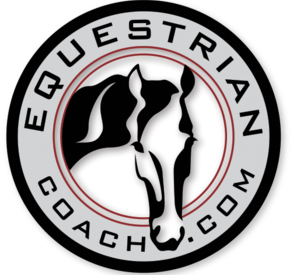
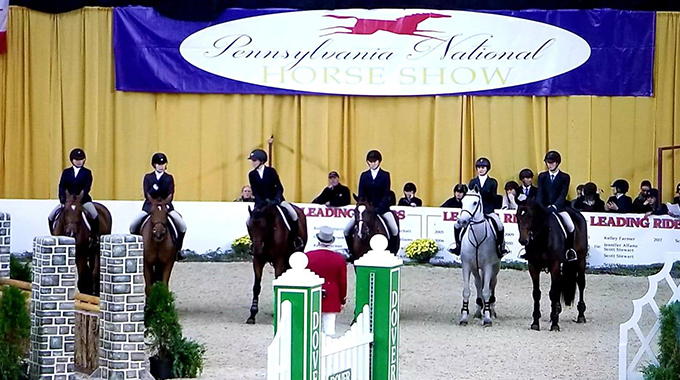
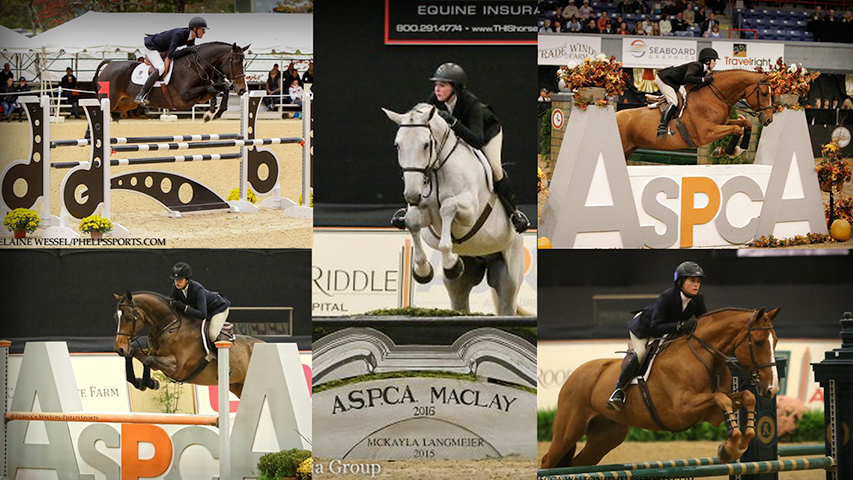
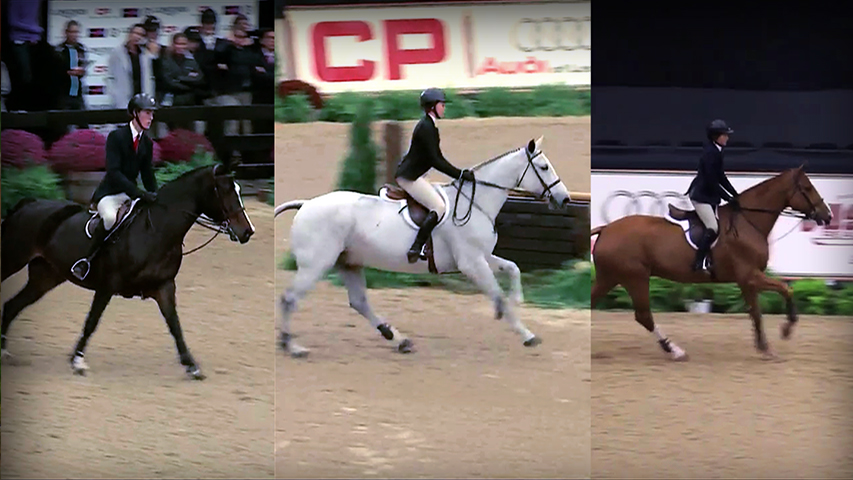
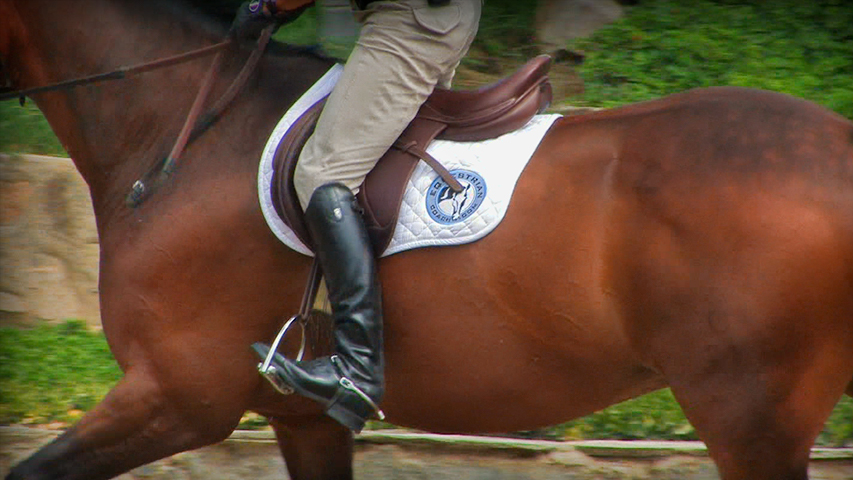
Pat Carleton
From a long time “Horse Show Mother’s” point of view, this is one of the best written and explained articles that I’ve read in a long time. Well done, Geoff!
Cori Christmann
Thanks for your feedback, Pat. We agree and will be sure to pass your thoughts on to Geoff!